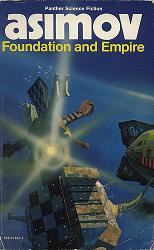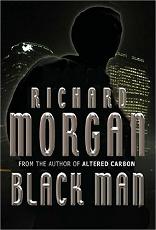
The Night Sessions
Ken MacLeod
324 pages
published in 2008
It was only when Ken ran a blurb on his blog for a promotion event for his new novel, that I realised that I hadn’t read his previous one The Night Sessions yet. So when my sweetie was running an Amazon order anyway and asked me what I wanted as a gift, this is what I asked for. Glad I did too, as it is of the usual high quality I expect from Ken.
You could call The Night Sessions a thematic sequel to The Execution Channel. That novel took place at the height of a decades long extension of the War Against Terror, while this takes place some decades after the end of what’s now called the Faith Wars in the US/UK, the Oil Wars anywhere else. Ended in a defeat for the coalition of the willing, it led to serious political repercussions in the west: the UK has disintegrated, the US is undergoing a second civil war (something Ken has used before) and in Scotland, as elsewhere religion is well and truly disestablished. There’s not just a separation of church and state, but an official constitutional police of no cognisance: the state doesn’t recognise priests, vicars, bishops, mullars or other religious offices, not even on the level of acknowledging their titles. It’s a world that fits in with Ken’s current hardline secularist attitude, as witnessed by his blog.



